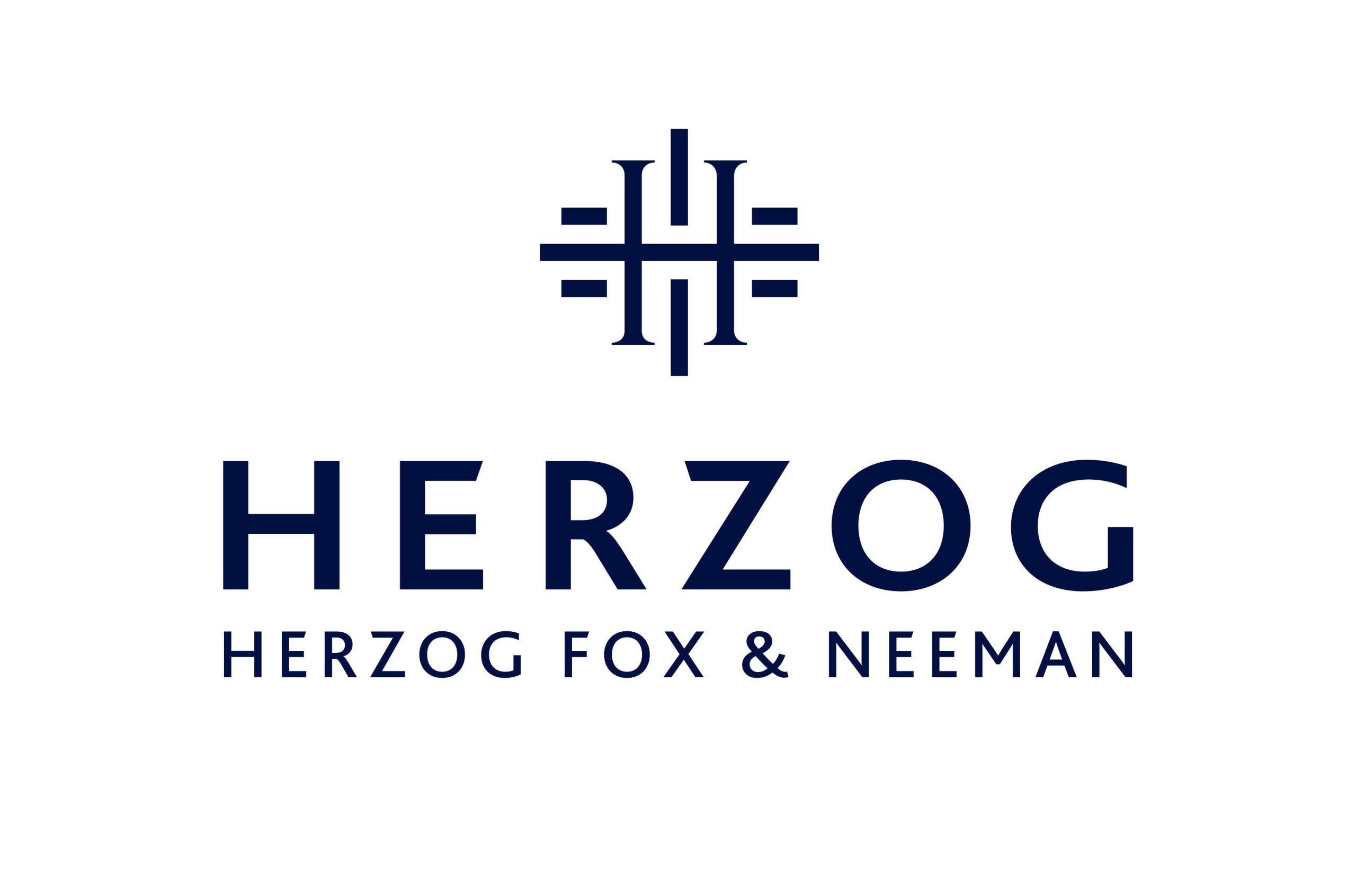Client Update – Sakemsky Case
26 August 2021
New Israeli Supreme Court Ruling Regarding the Calculation of Capital Gain on Sale of Shares of a Company with “Trapped Earnings” under the Law for Encouragement of Capital Investments
Dear friends, clients and colleagues,
Last week the Israeli Supreme Court published its ruling in the Sakemsky case. The court rejected the Israel Tax Authority’s (the “ITA“) appeal and upheld the District Court’s decision regarding the taxation of capital gains generated by individuals upon a sale of shares in a company that had distributable earnings that were exempt from tax under the Law for Encouragement of Capital Investments, 1959-5719 (the “Encouragement Law“).
This ruling clarifies the way in which the tax on the sale or liquidation of a company with previously exempt earnings (commonly known as “trapped earnings”) should be calculated, but may also have far-reaching implications regarding the taxation of trapped earnings in different scenarios.
The Background to the Ruling
In a nutshell, Section 94B of the Income Tax Ordinance [New Version], 1961-5791 (the “Ordinance“) provides that in a liquidation (which is subject to capital gains tax in Israel) or a sale of shares of an Israeli company, a portion of the capital gain that equals to the “Distributable Profits” of the company, as such term is defined in Section 94B of the Ordinance, will be subject to tax at the rate reserved for a dividend distribution to the applicable shareholder.
As noted multiple times in Israeli case law (and in the Sakemsky case itself), this rule is meant, among other things, to ensure tax neutrality between a dividend distribution followed by a sale or liquidation and a sale or liquidation without a prior dividend distribution. The main reasons for such potential discrepancies in tax rates between dividend income and capital gains are the fact that intercompany dividends are excluded from the tax base (unlike capital gains, which are subject to tax for corporate shareholders, unless an exemption applies) and that, tax rates on capital gains and dividends may be different for individuals in certain circumstances.
The taxpayers in the Sakemsky case are individuals who were shareholders in a publicly traded company that was entitled to an exemption from tax on income that was generated by an “Approved Enterprise,” under the Encouragement Law. Generally, a distribution of tax exempt income generated by an Approved Enterprise is subject to a reduced tax, in this case – at the rate of 15%, rather than the regular tax rate (generally, 25% or 30%). Upon the sale of the shares of the company, the taxpayers argued that the portion of the capital gain that is equal to the company’s Distributable Profits should be subject to the reduced tax rate of 15%.
The ITA argued that Section 94B of the Ordinance does not apply to the taxpayers in this case for several reasons, and therefore the entire capital gain should be subject to the full capital gains tax rate. Specifically, the ITA’s main arguments were that the Section 94B rule applies only to taxpayers who acquired their shares of the sold company prior to 2003 and the taxpayers are deemed, for tax purposes, to have acquired their shares on January 1, 2003 because the capital gain on the sale of publicly traded shares was exempt from tax before such date; that the sub-section that applies to a sale of publicly traded companies should only apply to corporate shareholders; that Section 94B of the Ordinance explicitly refers to the sections in the Ordinance that relate to dividend tax rates and therefore the provisions of the Encouragement Law with respect to reduced tax rates on dividends should not apply; and that the exempt income does not constitute Distributable Profits, as such term is defined in Section 94B of the Ordinance, because it was not yet subject to tax.
The District Court accepted the taxpayers’ approach, and the ITA appealed to the Supreme Court.
The Supreme Court Ruling
In a unanimous decision, the Supreme Court Justices rejected all of the ITA’s arguments and affirmed the District Court’s ruling.
The Supreme Court concluded that the language of Section 94B of the Ordinance clearly applies also to individual shareholders, as well as corporate shareholders. The Supreme Court further concluded that Section 94B applies with respect to shares acquired prior to 2003, even though such shares were deemed, in this case, to be acquired in 2003 for other tax purposes.
With respect to the relationship between Section 94B of the Ordinance and the Encouragement Law, the Supreme Court ruled that the provisions of the Encouragement Law regarding the tax rate on dividend distributions constitute a specific law that applies notwithstanding the general tax rates provided in the Ordinance. The Supreme Court noted that the ITA’s position on this matter contradicts both the purpose of Section 94B of the Ordinance, which is to promote tax neutrality between a distribution followed by a sale of shares and a sale of shares which is not preceded by a distribution, and the purpose of the Encouragement Law, which is to encourage certain economic activities by ensuring lower tax rates. Therefore, the Supreme Court determined that the reduced tax rates under the Encouragement Law apply in this case.
Finally, the Supreme Court also rejected the ITA’s argument that exempt income should not be included in the calculation of Distributable Profits. In order to better understand this argument, and the potential interpretation of the court’s decision on this matter, we should explain that Distributable Profits are calculated as the lower of (a) the company’s accounting profits (with certain adjustments) and (b) the company’s tax profits (with certain adjustments). The tax profits generally include both income that was subject to tax and tax-exempt income. The ITA argued that the exemption under the Encouragement Law is a conditioned exemption, as the Encouragement Law provides that distribution of previously exempt income would trigger a claw-back of the corporate tax. The ITA’s argument basically was that the income in question was not subject to tax but was also not exempted from tax, as tax will be paid in the future when a distribution will be made. As noted, the Supreme Court ruled against the ITA and determined that the exempt income under the Encouragement Law should be included in the calculation of the Distributable Profit.
The Sakemsky ruling is likely to have significant effect on the calculation of tax on capital gains for Israeli resident shareholders of companies that are or were entitled to tax benefits under the Encouragement Law.
Our tax department has vast experience in the matters discussed above and will be happy to provide advice with respect to these matters, as well as to assist with any discussions with the relevant units in the ITA.
Kind Regards,
Herzog Fox & Neeman





